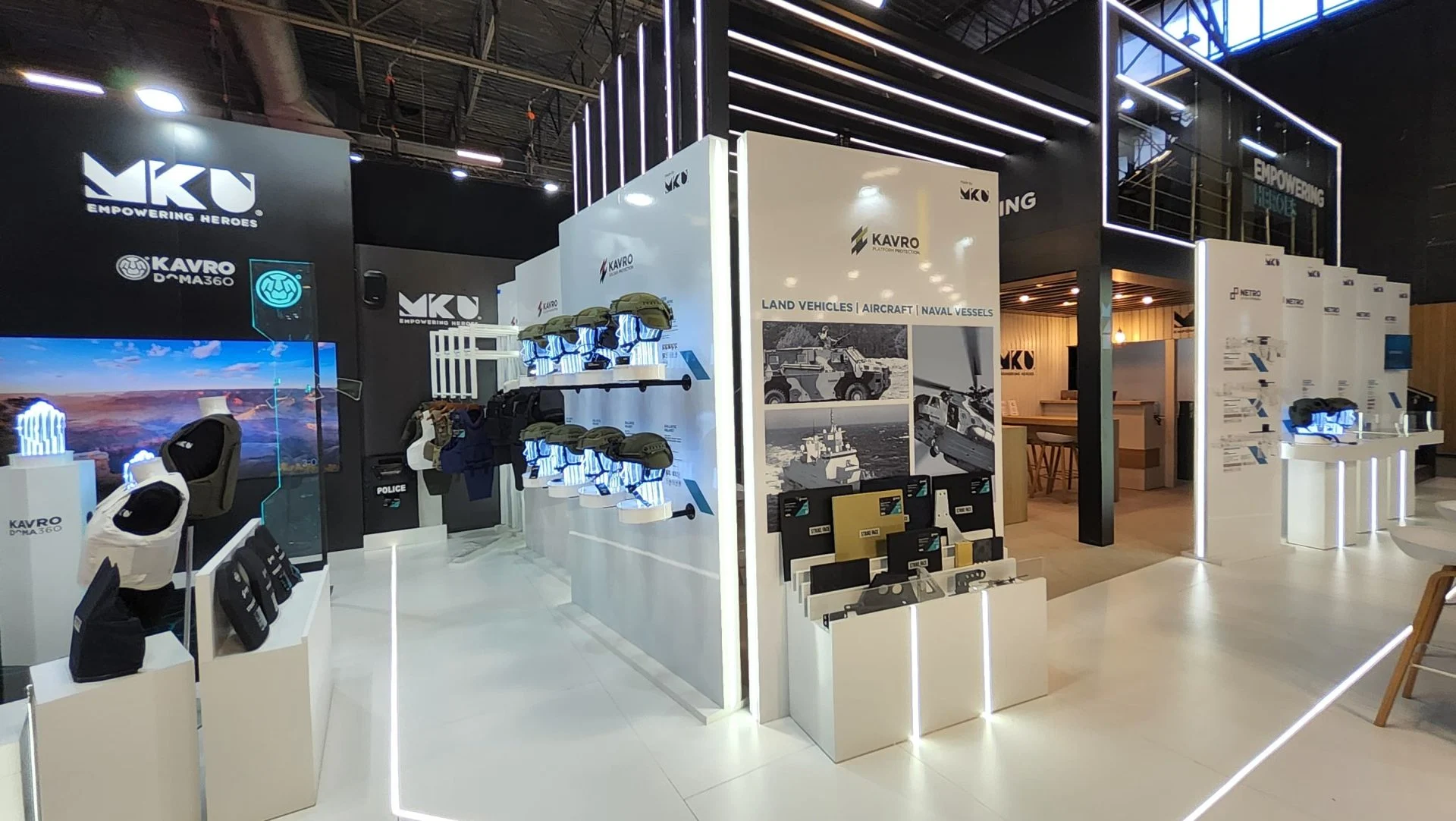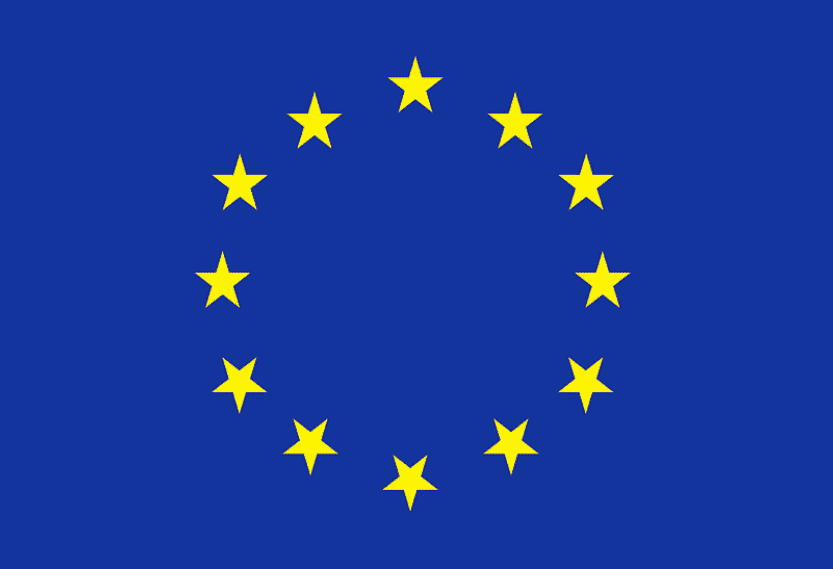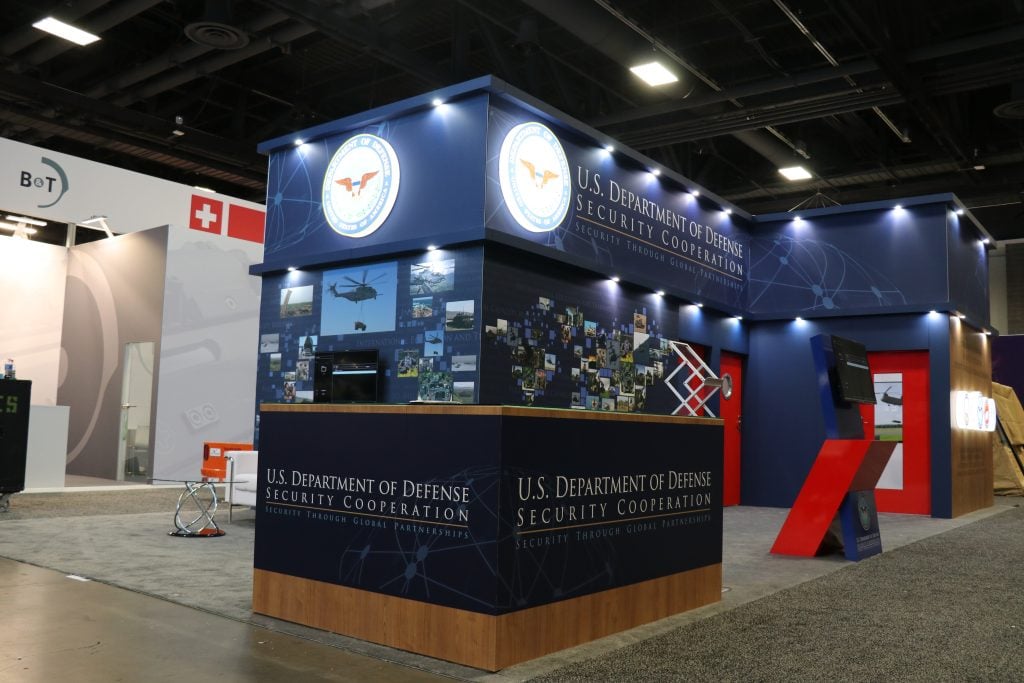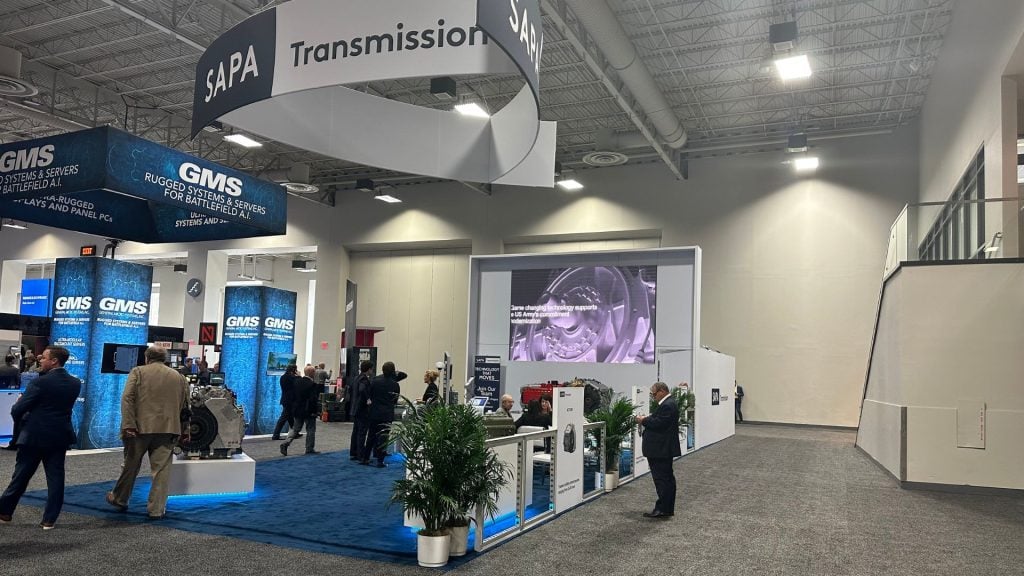
Introduction
Let’s cut to the chase: Trade shows are significant contributors to environmental waste and carbon emissions. However, with increasing awareness of sustainability among consumers and businesses alike, it’s more important than ever for marketing managers to embrace eco-friendly practices in their trade show strategies. Spoiler alert: Going green isn’t just a trend; it’s an essential step toward building a responsible brand.
Here’s the good news: We’ve outlined practical steps that marketing managers can take to make their trade show presence more sustainable. From reducing waste to promoting eco-friendly practices, incorporating sustainability into your event strategy can not only benefit the planet but also enhance your brand image and resonate with eco-conscious attendees.
Pre-Event: Establishing a Green Strategy
First things first—creating a sustainable trade show experience starts long before you arrive at the event. Begin by establishing clear sustainability goals that align with your brand’s values. This could involve reducing waste, using renewable materials, or offsetting carbon emissions.
Choose Sustainable Materials: When designing your booth, prioritize sustainable materials for construction and displays. Opt for recycled or upcycled materials that can be reused or repurposed after the event. For example, consider using modular booth designs that can be easily assembled and disassembled, reducing the need for single-use components.
Eco-Friendly Promotional Items: Think carefully about the promotional items you’ll distribute at the event. Choose eco-friendly alternatives that align with sustainability values—like reusable tote bags, seed paper, or biodegradable pens. Ensure that your giveaways provide real value to attendees and encourage sustainable practices in their daily lives.
Pre-Event Marketing: Use your marketing channels to promote your sustainability efforts. Share your green initiatives on social media, through email campaigns, and on your website to build anticipation for your eco-friendly booth. Encourage attendees to engage with your brand’s commitment to sustainability by sharing their eco-friendly choices or ideas using a dedicated hashtag.
On the Floor: Engage Attendees with Eco-Friendly Practices
The moment has arrived, and your booth is ready to showcase your commitment to sustainability. Now it’s time to engage attendees with eco-friendly practices that reflect your brand’s values.
Reduce Waste: Implement strategies to minimize waste at your booth. Provide digital materials—like brochures, product catalogs, and presentations—accessible via QR codes instead of printed materials. This not only reduces paper waste but also allows for easy updates to your content.
Interactive and Educational Experiences: Consider incorporating interactive displays or workshops that educate attendees about sustainability. Host a session on how your products or services contribute to a greener future, and engage visitors in discussions about sustainable practices in their industries. This fosters a sense of community around sustainability and encourages attendees to share their insights.
Collaborate with Other Eco-Conscious Brands: Partner with like-minded exhibitors to create a shared eco-friendly space. This not only reduces costs but also amplifies your message. Attendees will appreciate seeing multiple brands committed to sustainability, creating a more significant impact.
Sustainable Booth Design: Design your booth to incorporate natural elements, such as live plants or greenery. Not only do these elements enhance the visual appeal of your space, but they also contribute to improved air quality. Consider using energy-efficient lighting solutions to reduce your carbon footprint and create a warm, inviting atmosphere.
Post-Event: Maintain Your Commitment to Sustainability
So, the trade show is over, but your commitment to sustainability shouldn’t end there. Use this opportunity to reinforce your eco-friendly message and engage with attendees long after the event.
Follow Up with Sustainable Messaging: Send personalized follow-up emails to attendees, thanking them for visiting your booth and reiterating your commitment to sustainability. Include resources, articles, or case studies that showcase how your brand is making a difference. This helps keep the conversation going and encourages attendees to consider your products or services in their sustainable practices.
Gather Feedback: Use surveys or feedback forms to assess the effectiveness of your sustainability efforts during the event. Ask attendees what they appreciated about your eco-friendly initiatives and what improvements they would suggest. This feedback can provide valuable insights for refining your approach at future trade shows.
Measure Your Impact: Track the outcomes of your sustainability efforts, such as the amount of waste reduced, the number of digital materials shared, and attendee engagement levels with your green initiatives. This data can help you measure the success of your strategies and inform future decisions.
Brand Consistency is Key
As you implement sustainable practices into your trade show strategy, ensure that your brand’s messaging remains consistent across all touchpoints. Your booth design, marketing materials, and post-event communications should all align with your commitment to sustainability. A cohesive brand presence helps build trust and reinforces your identity as an eco-conscious brand.
The Business Case for Sustainability
Adopting sustainable practices at trade shows isn’t just an ethical choice; it also makes good business sense. Research shows that consumers increasingly prefer to do business with brands that demonstrate a commitment to sustainability. By showcasing your eco-friendly initiatives, you can attract a growing demographic of environmentally conscious customers and partners, positioning your brand as a leader in sustainability.
Conclusion: Making an Impact
Sustainability at trade shows is not just a nice-to-have; it’s a necessity in today’s world. By integrating eco-friendly practices into every aspect of your trade show strategy—from pre-event planning to post-event follow-up—you can make a meaningful impact on the environment while enhancing your brand’s reputation.
As marketing managers, it’s our responsibility to lead by example and demonstrate that sustainable practices are not only possible but also beneficial for businesses and the planet. So, are you ready to take action and make your next trade show experience an eco-friendly success?


 Global
Global Europe
Europe

